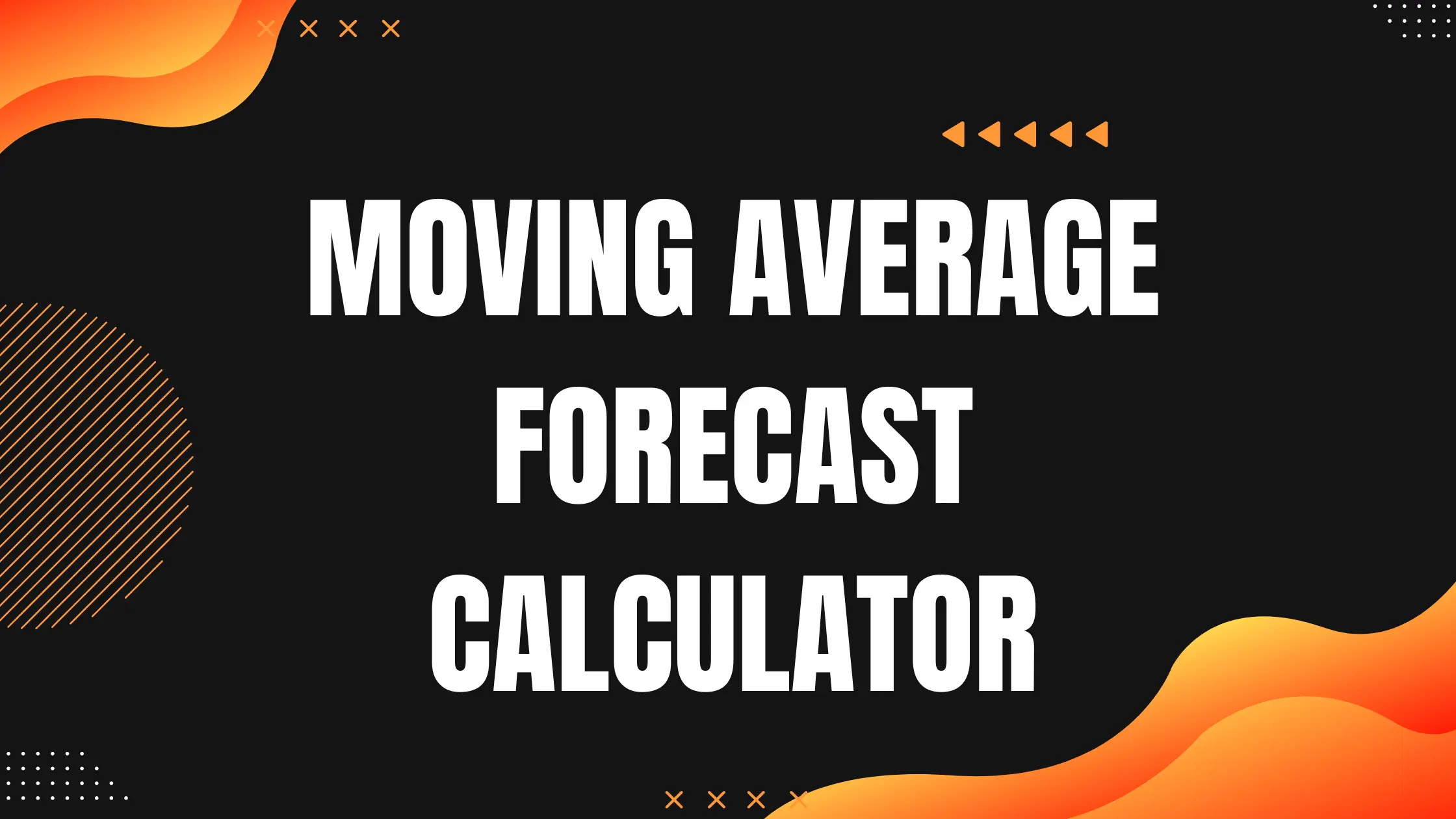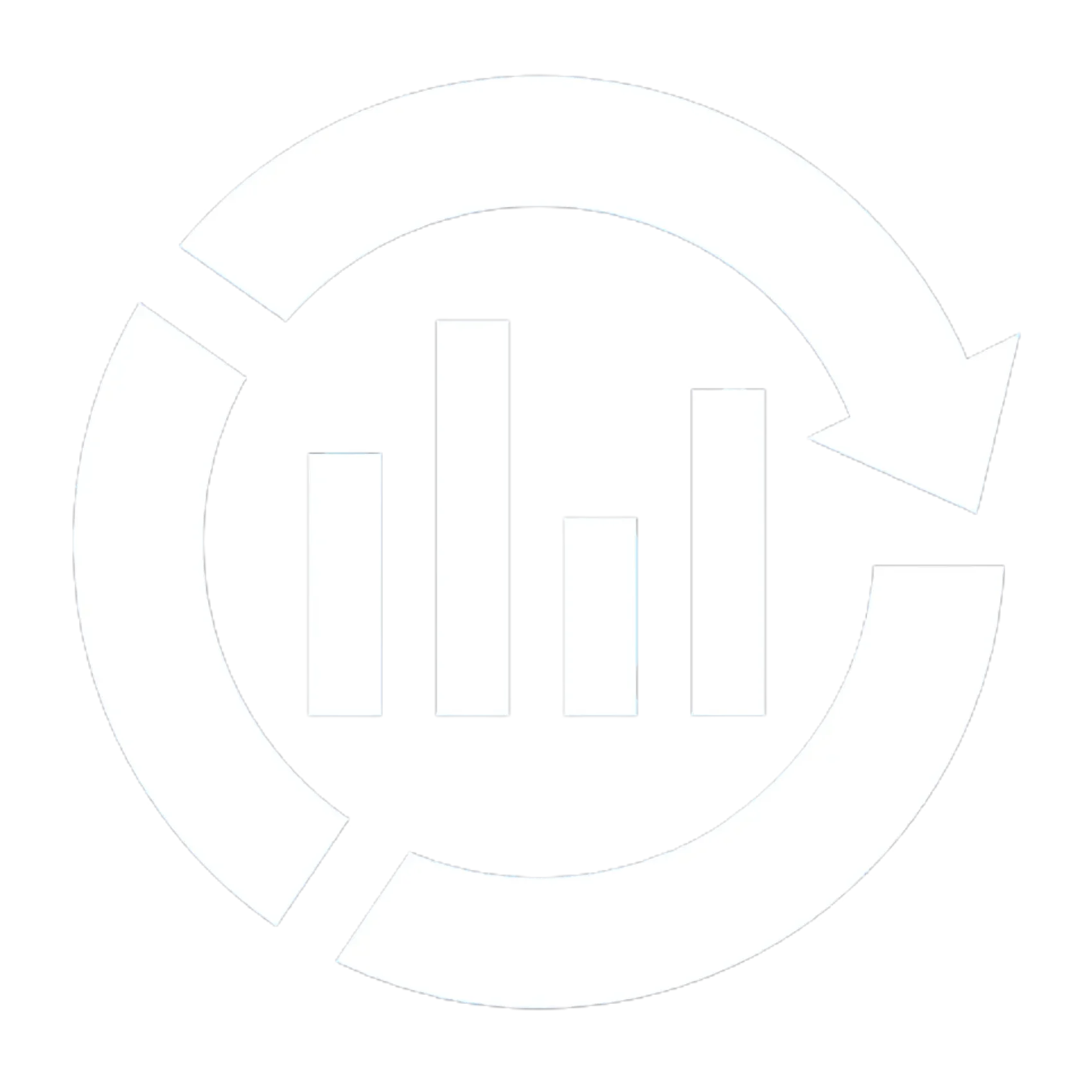Looking for a fast, reliable way to forecast demand — without writing complex Excel formulas? This moving average forecast calculator is tailor-made for supply chain analysts, operations professionals, and students who need to turn historical demand data into actionable insights.
Just upload your demand CSV or paste your data, choose your moving average window, and get an instant forecast — complete with charts, summary statistics, and downloadable results. It’s your plug-and-play solution for demand forecasting in the supply chain world.

What Is a Moving Average Forecast?
A moving average forecast is one of the simplest ways to predict future demand based on historical data. It works by averaging the demand from a fixed number of previous time periods and using that average to estimate future values.
This technique helps smooth out short-term fluctuations and highlight long-term trends, making it a practical method for demand forecasting in supply chain analytics
By applying the moving average forecasting method, you can:
- Identify consistent patterns in demand across time periods
- Filter out short-term spikes or anomalies that might mislead decisions
- Build more accurate reorder points and safety stock levels
- Simplify input preparation for models like EOQ, ABC classification, or capacity planning
This Moving Average Forecast tool offers a no-code way to forecast using moving average logic, helping analysts:
- Validate historical trends before scaling orders
- Run “what-if” demand simulations in seconds
- Quickly communicate demand trends to stakeholders via visual charts
Whether you’re optimizing inventory for a warehouse or building a business case in a classroom, moving average prediction is a foundational technique in supply chain analytics — and this calculator makes it accessible to everyone.
Let me know if you want this broken into bullets for clarity, or styled differently for your WordPress layout.
Moving Average Forecasting Tool
Forecast demand using moving average techniques. Upload CSV or enter values manually to generate visual insights and downloadable summaries.
How to Choose Your Moving Average Type?
Depending on your use case and data frequency, different moving average windows serve different forecasting goals. Below are explanations for the most common types — 3-month, 4-period, and 5-year — with examples of when to use each.
3-Month Moving Average Calculator
A 3-month moving average is ideal for short-term trend analysis. It’s commonly used in retail, e-commerce, or supply chain environments where demand patterns shift quickly — such as festive seasons, promotions, or high-frequency SKUs.
- When to use it:
- Monthly sales forecasting
- Short lead-time product planning
- Fast-moving consumer goods (FMCG)
- How it works:
The average demand is calculated from the last 3 data points. For example, if you’re analyzing January to March, your April forecast will be the average of Jan, Feb, and Mar.
4-Month / 4-Period Moving Average Calculator
The 4-period or 4-month moving average is useful for identifying seasonal or quarterly trends. It’s particularly effective in industries with moderate variability or repeating patterns every quarter.
- When to use it:
- Quarterly procurement planning
- Seasonal demand smoothing
- Budgeting and restocking decisions
- How it works:
Each forecast point is based on the last 4 months (or periods) of demand, offering a more stable trend line than 3-period forecasts.
5-Year Moving Average Calculator
A 5-year moving average is typically used for macro-level forecasting, especially when you’re dealing with annual or long-term trends. This is more relevant for strategic planning and capacity forecasting.
- When to use it:
- Long-term inventory growth planning
- Historical data smoothing for annual reviews
- High-level trend analysis in manufacturing, infrastructure, or public sector
- How it works:
Takes the average of the last 5 yearly values. It’s not suitable for short-cycle products but perfect for high-level insights.
Use Cases in Supply Chain Analytics
Moving average forecasting isn’t just a math trick — it’s a core input that powers smarter decisions across your supply chain. Here’s how you can apply it directly using our free online tools.
1. Economic Order Quantity (EOQ) Calculator
Why it matters: The EOQ formula needs a solid estimate of average demand. By using your forecasted moving average instead of gut feel, you’ll avoid both stockouts and overstocking.
- Example: Forecasted average = 145 units/month → Use this value in the EOQ Calculator
2. ABC Classification Tool
Why it matters: ABC analysis relies on item value and consumption. Instead of using inconsistent raw sales, smooth it with a 3 or 4-period moving average to better reflect ongoing demand.
- Example: Multiply forecasted demand with unit cost → Input the result into the ABC Analysis Tool
3. Safety Stock & Reorder Point
Why it matters: Moving average helps you set more accurate reorder points, especially in environments with moderate demand variability.
- Example: Use your moving average as the average daily usage input in the Safety Stock Calculator
Pro Tip: All three tools are interconnected. If you forecast demand using the moving average calculator, you can seamlessly feed that number into EOQ, ABC, and Safety Stock calculations to build a data-driven, demand-responsive inventory strategy.
Conclusion: Make Smarter Decisions with Moving Averages
A well-executed moving average forecast can be the difference between reactive chaos and strategic control in your supply chain. Whether you’re managing inventory, setting reorder points, or segmenting SKUs with ABC analysis, this tool gives you an edge — turning raw data into actionable insights without the hassle of formulas or Excel models.
It’s fast. It’s free. And it’s built with supply chain planners, analysts, and students in mind.
Start forecasting today — and power up your next decision with data that actually makes sense.
